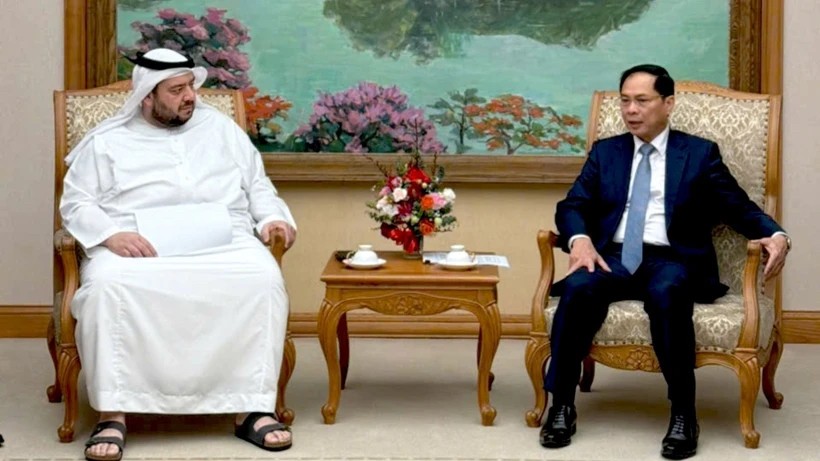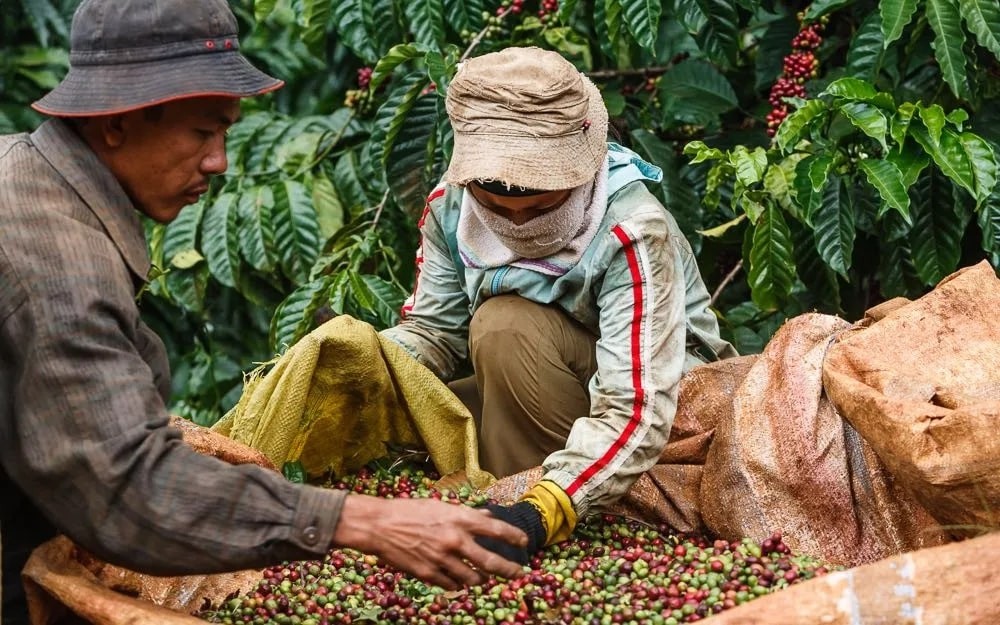Discover The Unique Whipped Coffees Around The World
Coffee does come in many shapes and sizes, but it all starts with the same plant whose effects were allegedly first discovered in Ethiopia. The coffee bean later traveled to the Arabian Peninsula, and by the 17th century, it reached Europe and the American continent, starting the global coffee expansion. Despite the differences in origin, preparation techniques, and brewing styles, coffee is almost universal to all nations, and it's hard to find a place deprived of this dark-brown brew.
Vietnamese egg coffee
Egg coffee is a Vietnamese nationally acclaimed specialty made of egg yolks, sugar, condensed milk, and robusta coffee. This is a very popular drink in Hanoi, which can also be found in almost every coffee shop in other parts of Vietnam.
Egg coffee is served in numerous cafes in Vietnam in general and Hanoi in particular. It has been a staple of any cafe’s menu since the 1950s. Mr. Giang, the inventor of egg coffee, developed the recipe for this unique drink back when milk was still scarce in Vietnam. He replaced the dairy product with egg yolks, which together make a curious yet harmonious combination that will take many foreign tourists by surprise.
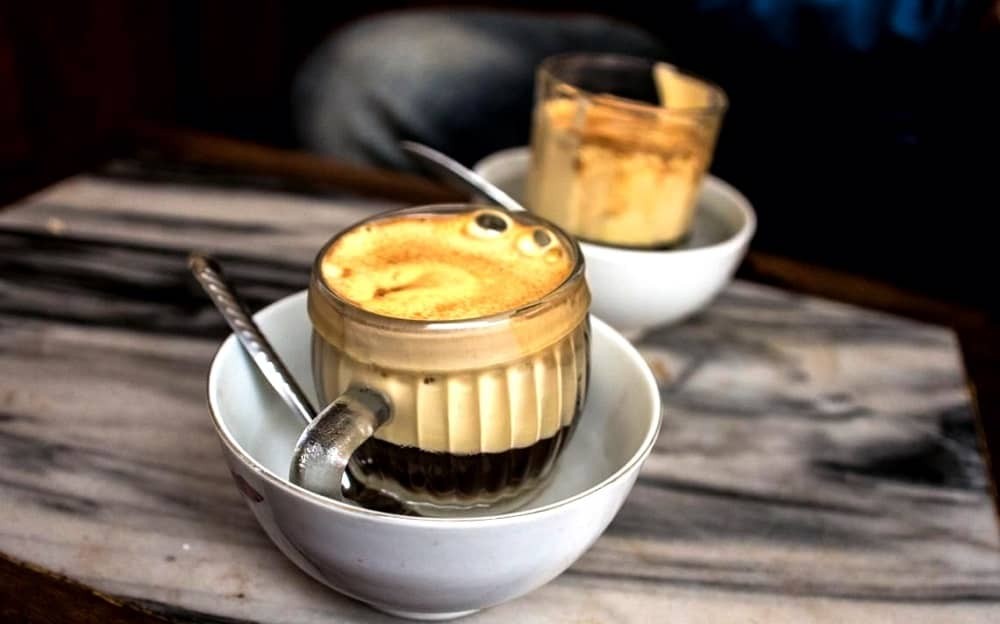 |
| Unique egg coffee from Vietnam. Photo: Tasting Table |
Egg coffee is made of three types of coffee: Arabica, Robusta, and Liberica. This combination results in a delicious drink that is rich, aromatic, and full of flavor. Other essential ingredients to make egg coffee are egg yolks, sugar, and milk.
In particular, the egg coffee at its birthplace, Giang Cafe, is unique because they have a secret recipe that can minimize the fishy taste of the egg yolk. Other cafes have different recipes with various tweaks.
While traditional egg coffee requires ingredients like egg yolks, sugar, butter, condensed milk, and even cheese, some modern variations keep it simpler and more to the point. The key is to use egg yolks to complement the coffee without making the drink smell like an actual egg. This is often easier said than done.
Dalgona coffee
Dalgona Coffee (also known as Whipped Coffee or Desi Cappuccino) is a coffee preparation made from whipped, sweetened instant coffee beat into a thick foam. The drink was the subject of a viral internet challenge in early 2020. The name “Dalgona”, under which it is most popularly known, comes from the Korean “달구나”, which translates roughly to “it’s sweet”, and is also the name used for a honeycomb toffee snack sold by street vendors in Korea, which the sweet foam of the drink is said to recall.
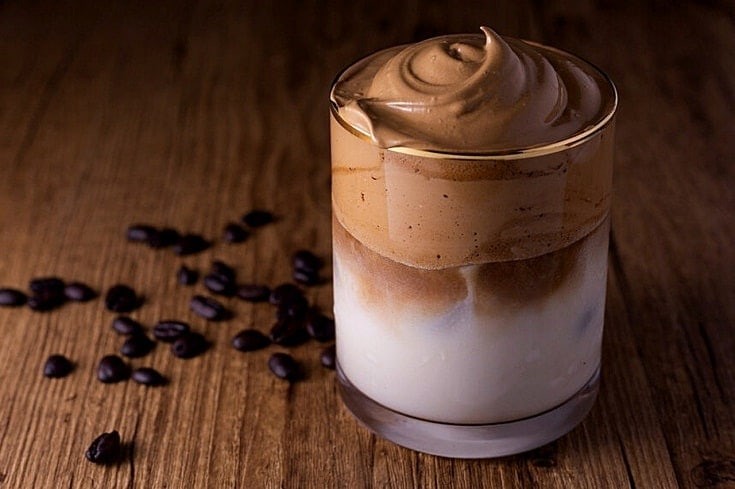 |
| Dalgona Coffee (also known as Whipped Coffee or Desi Cappuccino) is a coffee preparation made from whipped, sweetened instant coffee beat into a thick foam. Photo: Coffee Affection |
While the sweet street-snack Dalgona originated in Busan in the 1960s, the spike in the coffee drink’s popularity is often credited to Korean actor Jung Il-woo, who consumed the drink during a mukbang in Macau on a television program called “Stars’ Top Recipe at Fun-Staurant.”
Crema di caffè
Crema di caffè is a sweet, cold whipped coffee that many restaurants, bars, and tabacchi (a convenience store crossed with bar and cafe) serve to those seeking escape from the heat of Italian summer. Just as with normal espresso, these are also served in the same small cups. Rather than sipping, customers enjoy crema di caffè with a spoon, as it's quite thick.
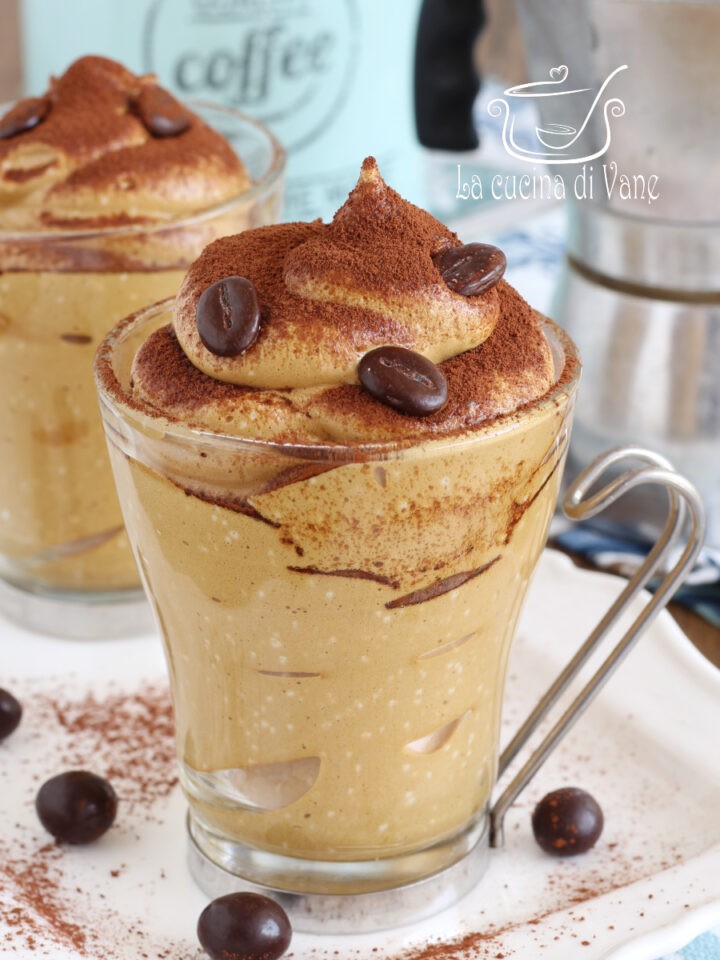 |
| In Italy, bartenders or baristas may serve these from large mixers behind the bar, but it's also easy to prepare at home. Photo: La Cucina di Vane |
In Italy, bartenders or baristas may serve these from large mixers behind the bar, but it's also easy to prepare at home. You can make your crema di caffè by whipping together strong, chilled, sugar-sweetened coffee and cold whipping cream. Serve in a small glass or cup, and top with cocoa powder or cinnamon if that suits your taste, according to the Tasting Table.
Café Cubano
Café Cubano is a strong, foamy coffee made by combining espresso and demerara or brown sugar. The foam is traditionally created by combining a small amount of espresso and demerara sugar and stirring intensely until it produces a rich coffee froth, known as espuma. After creating the foam, the maker pours espresso into the small cup to create a strong, espresso-sized coffee topped with sweet, rich froth.
The traditional process for brewing the espresso for this drink is to use an Italian stovetop moka pot espresso maker, which produces strong dark coffee. This is a far stronger coffee than dalgona coffee, as well as being a hot beverage. For those wanting a colder beverage, a creamy iced Cuban coffee with a splash of sweetened condensed milk goes down smoothly on a hot day.
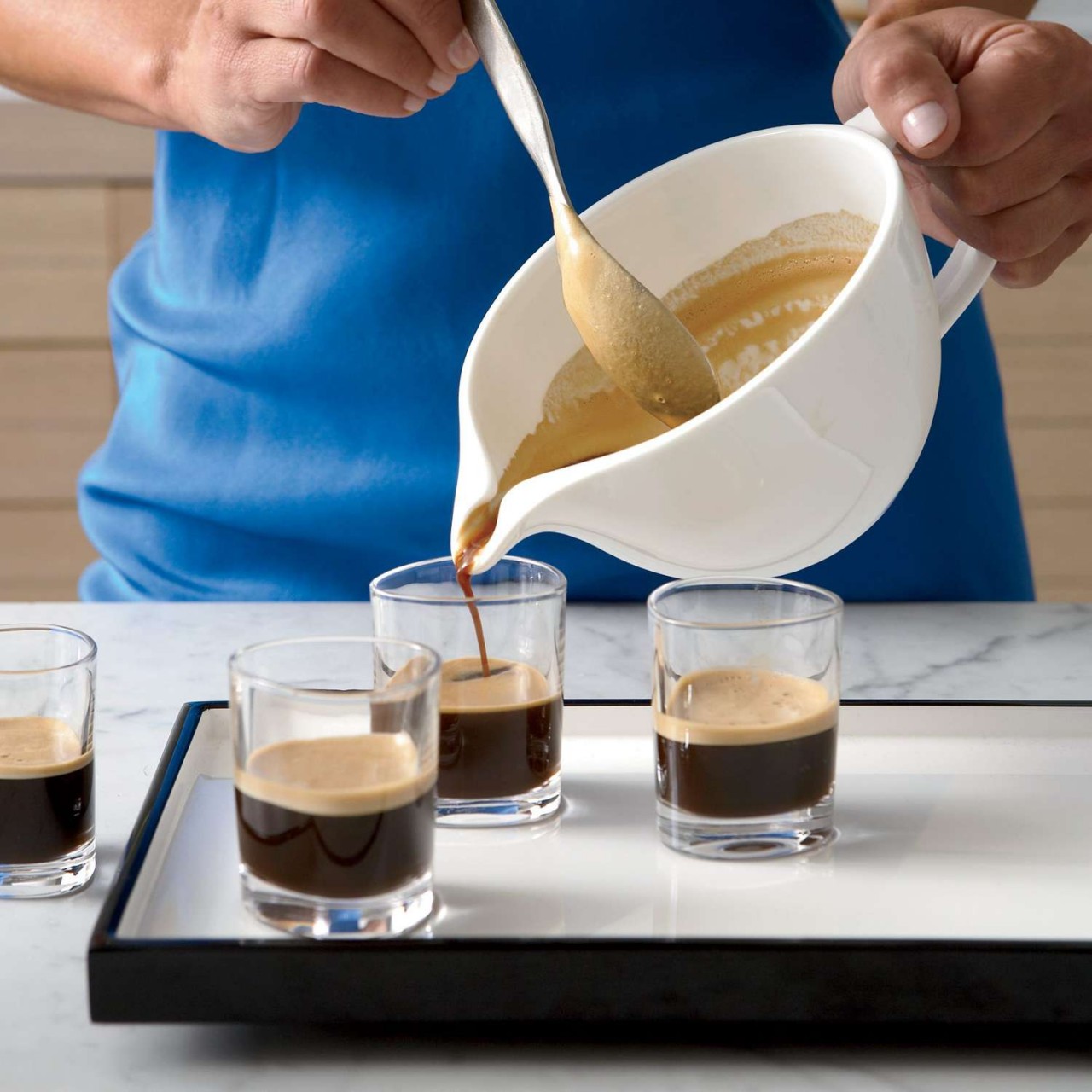 |
| Café Cubano is a common accompaniment to breakfast, or when eating or taking a break at different times of day..Photo: Food & Wine |
Café Cubano is a common accompaniment to breakfast, or when eating or taking a break at different times of day. As with Italian espresso, it's common for Cubans to socialize while enjoying café Cubano.
Pakistani phitti hui
Phitti hui, which translates to "beaten coffee," is the traditional Pakistani version of whipped coffee. Using instant coffee, sugar, and water, this is similar to many other popular whipped coffees that have captured the interest of coffee lovers around the world.
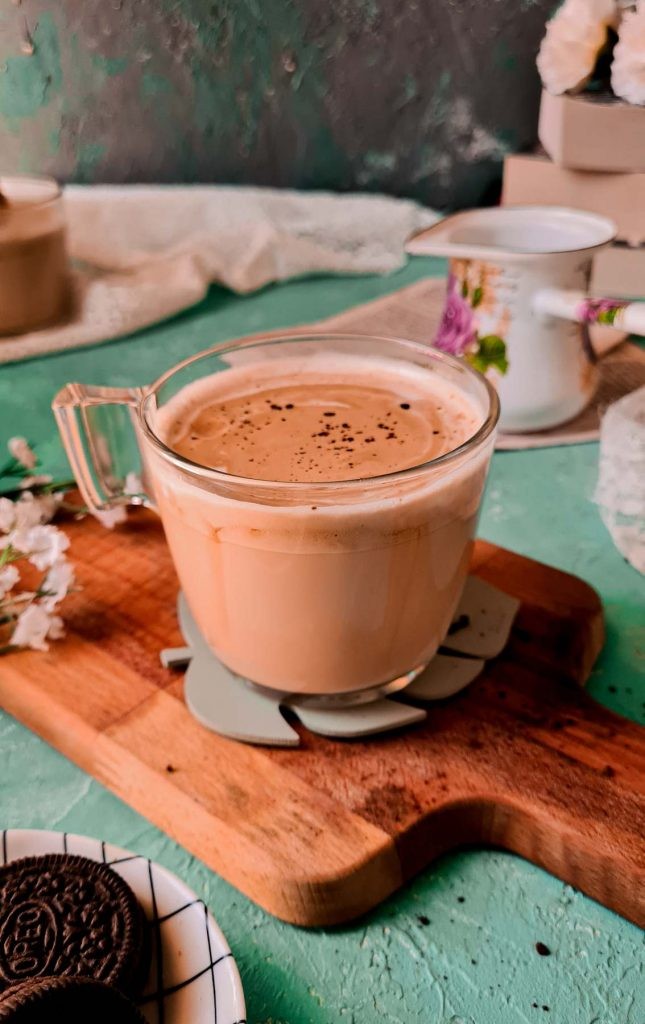 |
| Phitti hui, which translates to "beaten coffee," is the traditional Pakistani version of whipped coffee. Photo: Buffer Over Bae |
The traditional method for preparing this coffee involves whipping the coffee, warm water, and sugar together with a spoon, although modern-day preparation certainly forgives an electric beater. Despite the similarities in preparing the foam this way, phitti hui is usually enjoyed warm, rather than on ice, distinguishing it from other whipped coffees such as dalgona coffee. After whipping up the foam, add hot water and milk into the cup to your liking. A gentle stir mixes the beverage while leaving the foam light and frothy on the top.
The resulting drink is a satisfyingly sweet and warm drink with that same appealing silky whipped coffee topping. These coffees can even be found in machines in Pakistan, but are also common drinks to prepare at home.
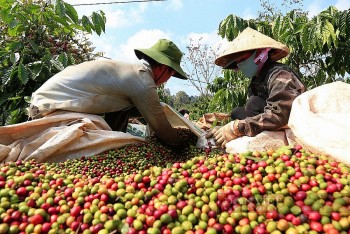 | Dual Impact of EVFTA On Vietnam's Coffee Exports to EU The EU is the largest market, consuming 40% of Vietnam's coffee exports. The EU-Vietnam Free Trade Agreement (EVFTA) is bringing both opportunities and competition in ... |
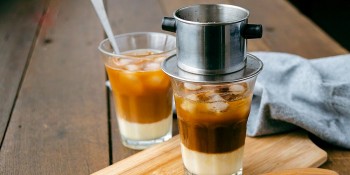 | Sa Pa, Vietnamese Coffee Are Praised By International Press Argentina's Infobae newspaper reported that Sa Pa is one of the 16 most beautiful small towns and Vietnamese coffee is in the top 10 best ... |
 | Strengthening Sustainable and Resilient Livelihoods for Women Coffee Producers in Son La SURE project will be implemented for 36 months in 4 communes in Thuan Chau and Mai Son districts of Son La province, focusing on supporting ... |
Recommended
 World
World
Pakistan NCRC report explores emerging child rights issues
 World
World
"India has right to defend herself against terror," says German Foreign Minister, endorses Op Sindoor
 World
World
‘We stand with India’: Japan, UAE back New Delhi over its global outreach against terror
 World
World
'Action Was Entirely Justifiable': Former US NSA John Bolton Backs India's Right After Pahalgam Attack
 World
World
US, China Conclude Trade Talks with Positive Outcome
 World
World
Nifty, Sensex jumped more than 2% in opening as India-Pakistan tensions ease
 World
World
Easing of US-China Tariffs: Markets React Positively, Experts Remain Cautious
 World
World

